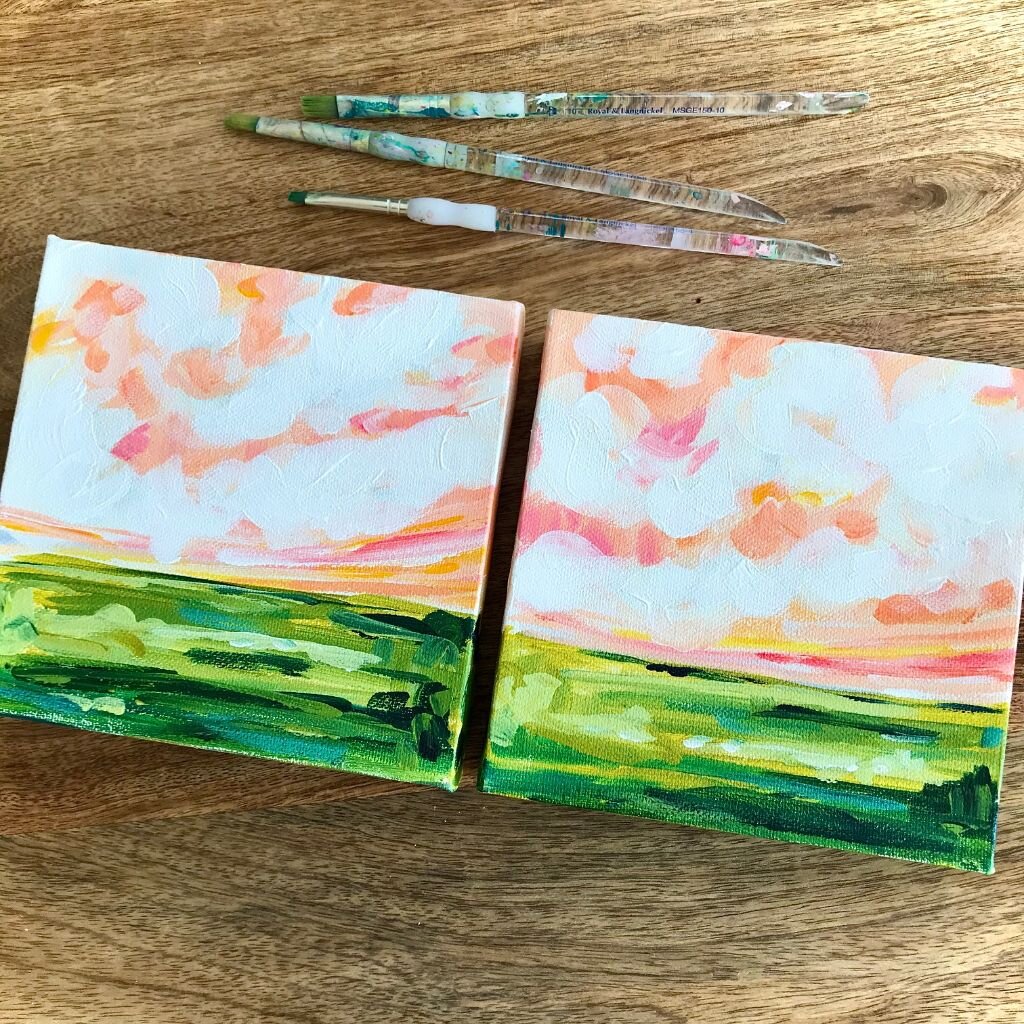

To master this problem, you need to step beyond the beginner-level solutions like adding a complementary color to your greens. In the spring and summer some landscapes look like a salad bowl What Are You Trying to Achieve?

I realized that I needed to meet the problem head-on and find ways to deal with it. An obvious solution is just to paint something else, yet I've been to many locations where the green was inescapable-on an overcast spring day it even permeated the air. I have struggled with this problem as much as anyone. All this green is a problem: it can be the most intense color in the landscape and one of the darkest, in fact our ability to see variations in green far exceeds our ability to create it in paint. When we first collide with nature as an artist, we soon learn that the landscape is not how we imagine it to be from the safety of our studio. The suggestions I've provided can be applied to any style of painting. In this blog post I show some ways to paint landscapes without using out-of-the-tube greens along with some strategies for using greens more effectively. Mixing greens for landscape painting is an art unto itself and the color choices that you make can have a profound impact on your work. For most of the history of art green has been treated with a great deal of trepidation and a quick browse through these images will show you why. If you Google "green landscape painting" you'll find two types of images: ones where the artist has struggled with the colors, and ones where the artist has clearly found a better approach.


 0 kommentar(er)
0 kommentar(er)
